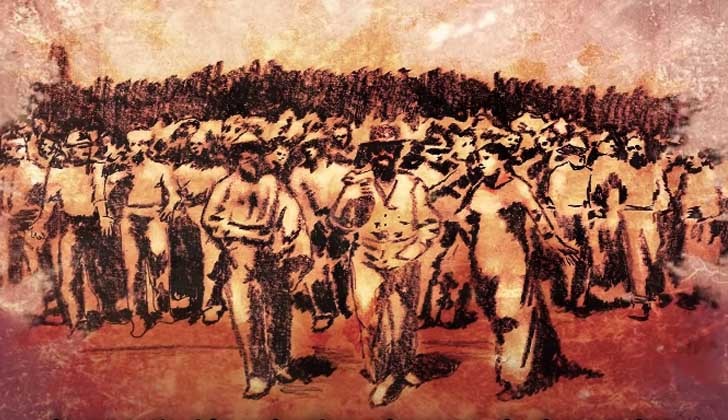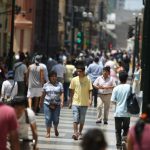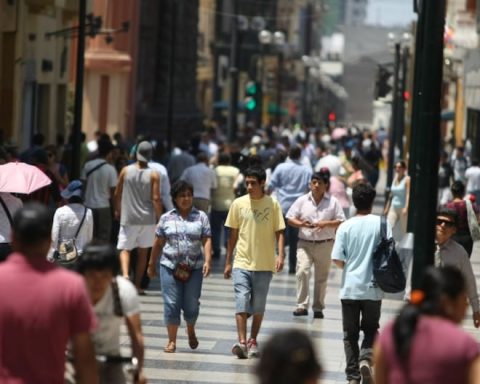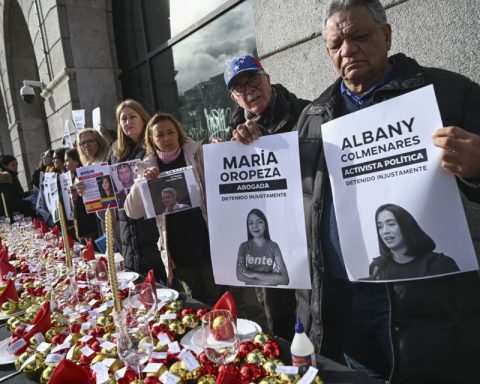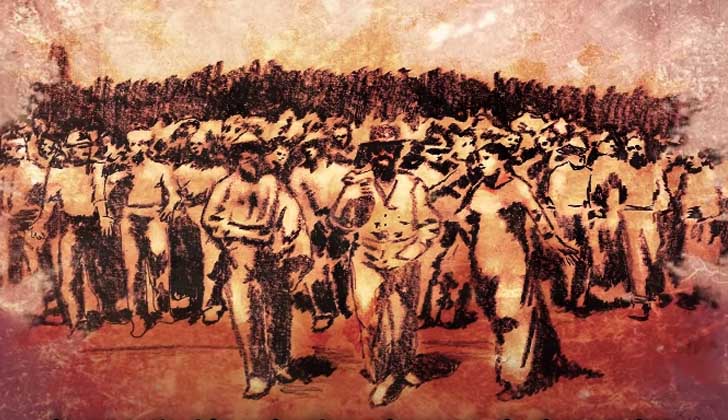
In the mid-1870s, the great mobilizations for trade union rights, in times of semi-slavery in the United States, were being repressed in the harshest possible way to prevent the union of workers from bearing fruit.
Chicago, stronghold of the strike, called for 30,000 striking workers, and some companies laid off workers.
In 1880, however, the federation of union organizations and trade unions was achieved, and by 1884 May 1 was established as the day to call the general strike throughout the United States, to establish eight hours of work.
In addition to the compulsory shifts of up to 14 hours, where girls and women also had to comply, the unhealthy conditions and low wages coincided so that the claim had immediate acceptance and multiplied the number of union members.
In 1885, a flyer called for “A day of rebellion, not rest. A day to start enjoying eight hours of work, eight hours of rest, and eight hours for whatever we want”.
By May 1, 1886, the shutdown shut down some 12,000 factories across the United States for a day.
In Detroit, 12,000 workers marched for eight hours and in New York, a torchlight march drew some 25,000 workers while another 40,000 joined the strike.
In Kentucky, 6,000 workers, black and white, marched through the National Park in violation of the edict that prohibited people of color from entering the park.
epicenter of the revolt
Chicago, stronghold of the strike, called 30,000 workers on strike, and some companies fired personnel, before which on the 2nd there was a rally against the 1,200 dismissals and police outrages.
At the doors of a company where the workers were protesting, the police repressed leaving six dead and many injured. On May 3 the strike had become a national movement.
The call to the Haymarket beach in Chicago, for May 4, achieved a massive call, but the police attacked the columns of workers, which together with the rain dissolved the concentration. When about 200 protesters remained, the police attacked them. A bomb exploded in front of the police ranks, who opened fire indiscriminately, killing several and injuring dozens of people. Seven policemen died, because of the police fire.
In various parts of the country the clashes increased and eight anarchists who edited the newspaper “Arbeiter Zeitung”, clearly involved in the revolt, were arrested.
George Engel, Samuel Fielden, Adolf Fischer, Louis Lingg, Michael Schwab, Albert Parsons, Oscar Neebe, and August Spies, members of the International Association of Working People, went to prison and marched on trial.
Before a jury made up of businessmen and a relative of a dead policeman. Prosecutor Grinnel summarized what would come later: “The law is on trial. Anarchy is on trial. The grand jury has singled out and indicted these men because they were the leaders. They are no more guilty than the thousands who followed them. Gentlemen of the jury, convict these men, give them an exemplary punishment, hang them and save our institutions, our society.”
Thus, all were sentenced to death, except Neebe. The condemned had no repentance or remorse: it was society that was being judged, not them, they affirmed in forceful statements.
Despite worldwide revulsion at the conviction, on November 11, 1887 Spies, Engel, Parsons and Fischer marched to the gallows singing La Marseillaise Anarchista.
Black Friday thus entered history.
By 1938, the mandatory eight-hour day was imposed throughout the country, but even today, when in most of the world the Chicago anarchists are remembered as a symbol of the working class, May Day is not celebrated in the United States.
